Types Or Species Of Cobra
Introduction:
Cobras are a group of venomous snakes known for their distinctive hoods, potent venom, and often menacing appearance. Belonging to the family Elapidae, these snakes are found predominantly in Africa and parts of Asia. Cobras are characterized by their ability to raise the front part of their bodies and spread their neck ribs to form a hood when threatened, a behavior commonly associated with their menacing appearance.
Taxonomy of cobras:
Kingdom: Animalia (Animals)
Phylum: Chordata (Chordates)
Subphylum: Vertebrata (Vertebrates)
Class: Reptilia (Reptiles)
Order: Squamata (Scaled reptiles, which include snakes and lizards)
Suborder: Serpentes (Snakes)
Family: Elapidae (Elapid snakes)
There are several species of cobras, each with its own unique characteristics:
Indian Cobra (Naja naja):
Also known as the spectacled cobra, it is native to the Indian subcontinent and is one of the most well-known and venomous snakes in the region.
- Genus: Naja
- Species: Naja naja
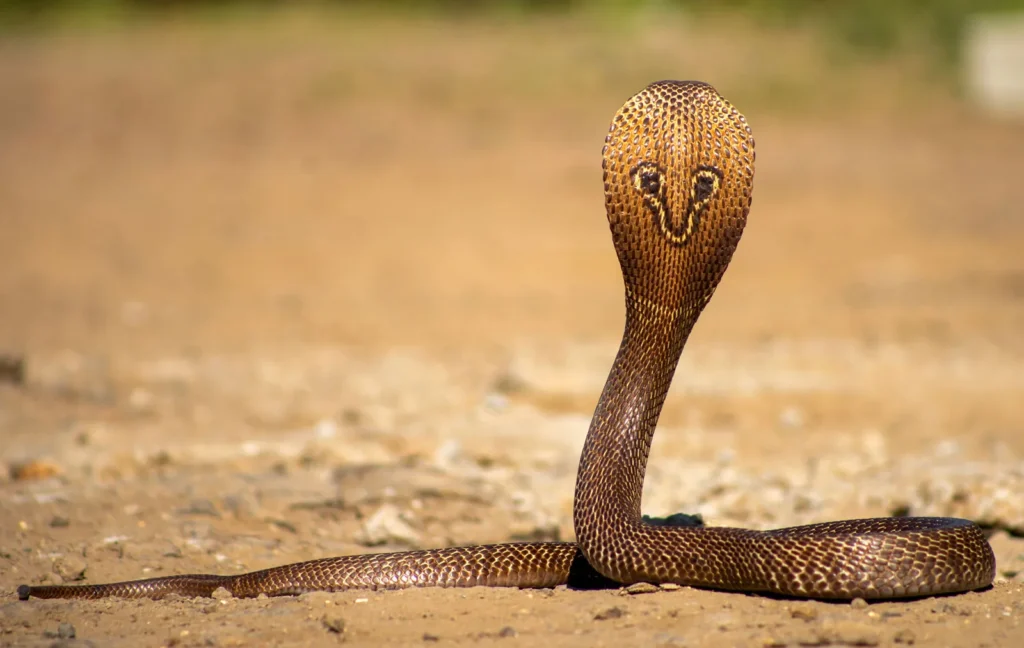
King Cobra (Ophiophagus hannah):
The king cobra is the world’s longest venomous snake and is found in forests from India through Southeast Asia.
- Genus: Ophiophagus
- Species: Ophiophagus hannah
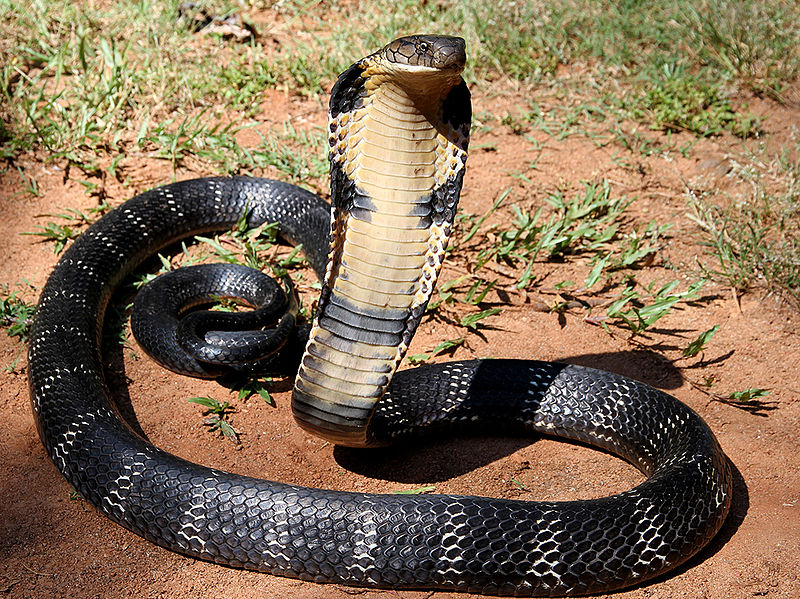
Egyptian Cobra (Naja haje):
Native to parts of North Africa and the Arabian Peninsula, the Egyptian cobra is known for its hood and can be found in a variety of habitats.
- Genus: Naja
- Species: Naja haje
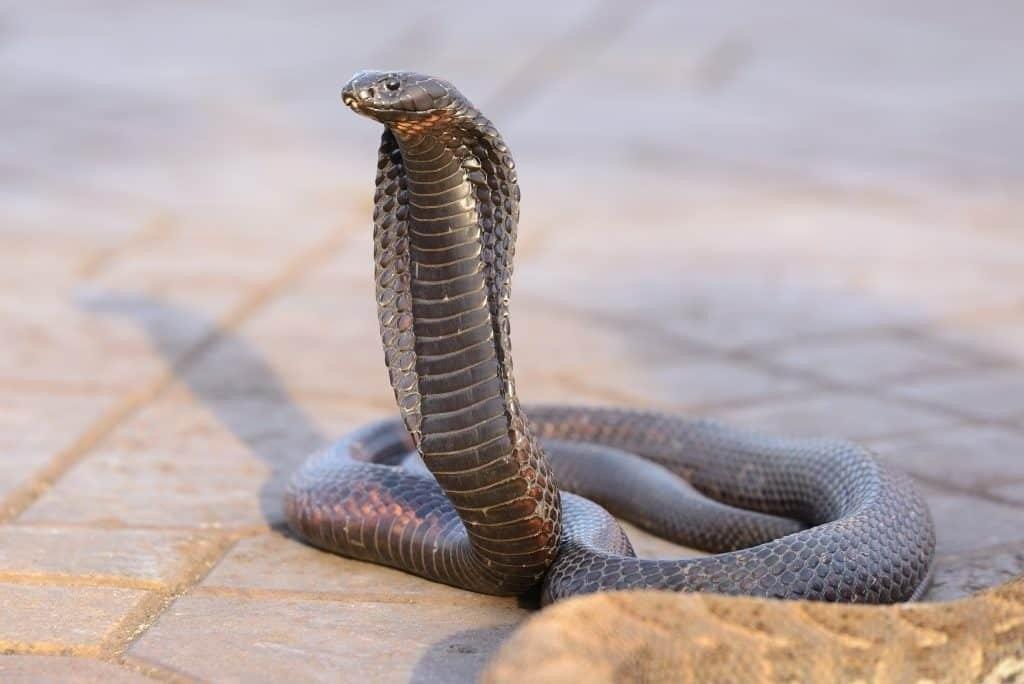
Mozambique Spitting Cobra (Naja mossambica): Found in parts of Africa, this cobra is notable for its ability to spit venom accurately at the eyes of potential threats.
- Genus: Naja
- Species: Naja mossambica
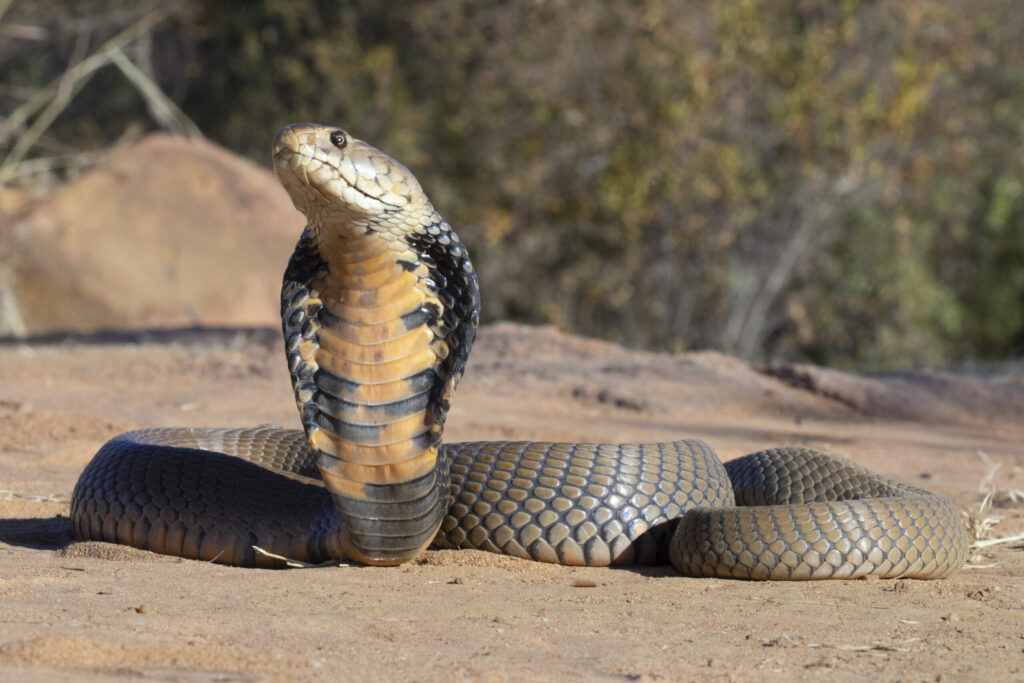
Forest Cobra (Naja melanoleuca): Native to the rainforests of Central and West Africa, the forest cobra is a highly venomous snake with a broad distribution.
- Genus: Naja
- Species: Naja melanoleuca
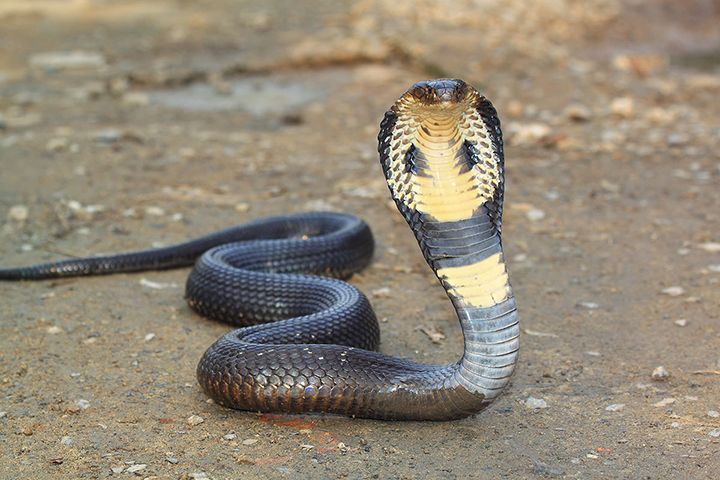
Monocled Cobra (Naja kaouthia): Found in South and Southeast Asia, the monocled cobra is named for the distinctive “monocle” pattern on the back of its hood.
- Genus: Naja
- Species: Naja kaouthia
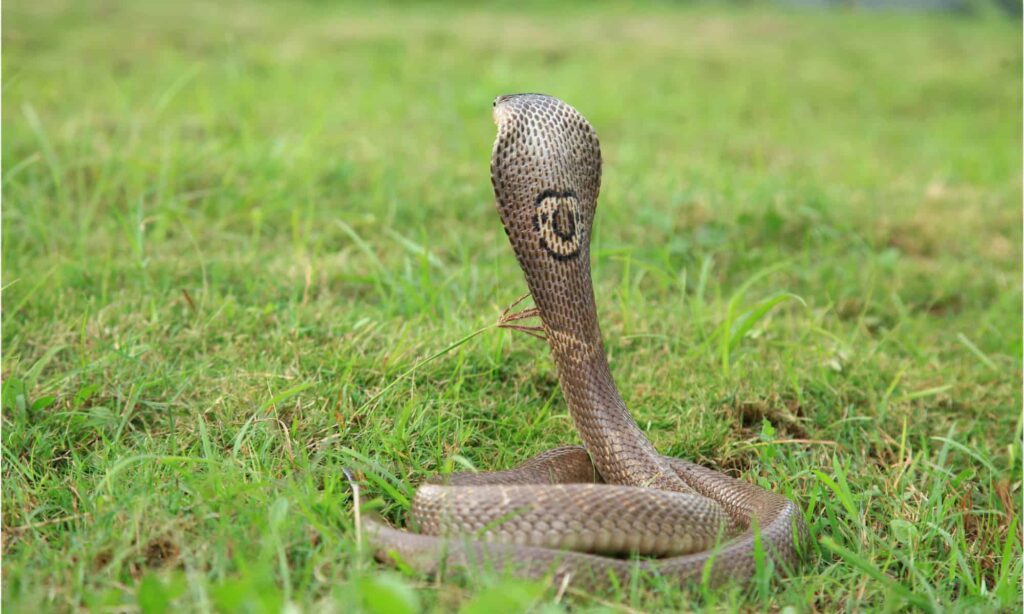
Black-necked Spitting Cobra (Naja nigricollis): This cobra species, found in sub-Saharan Africa, is known for its ability to spit venom as a defense mechanism.
- Genus: Naja
- Species: Naja nigricollis
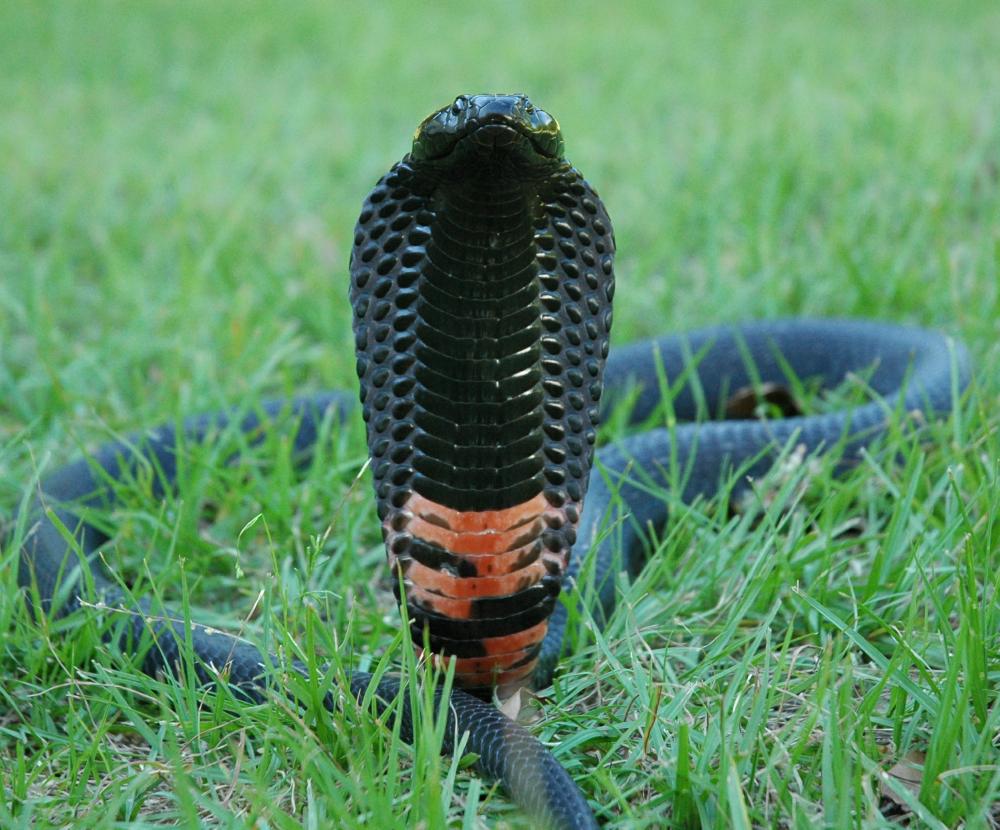
Cape Cobra (Naja nivea): Native to southern Africa, the Cape cobra is highly venomous and is known for its characteristic hood.
- Genus: Naja
- Species: Naja nivea
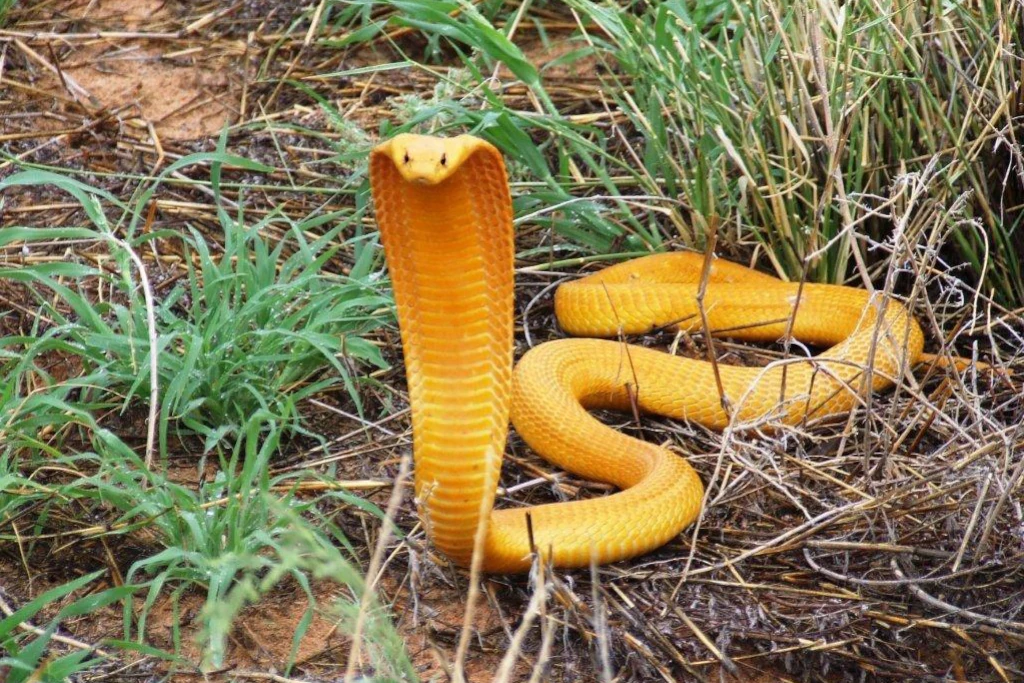
Snouted Cobra (Naja annulifera): Found in parts of southern Africa, this cobra has a distinctive snout and is known for its potent venom.
- Genus: Naja
- Species: Naja annulifera
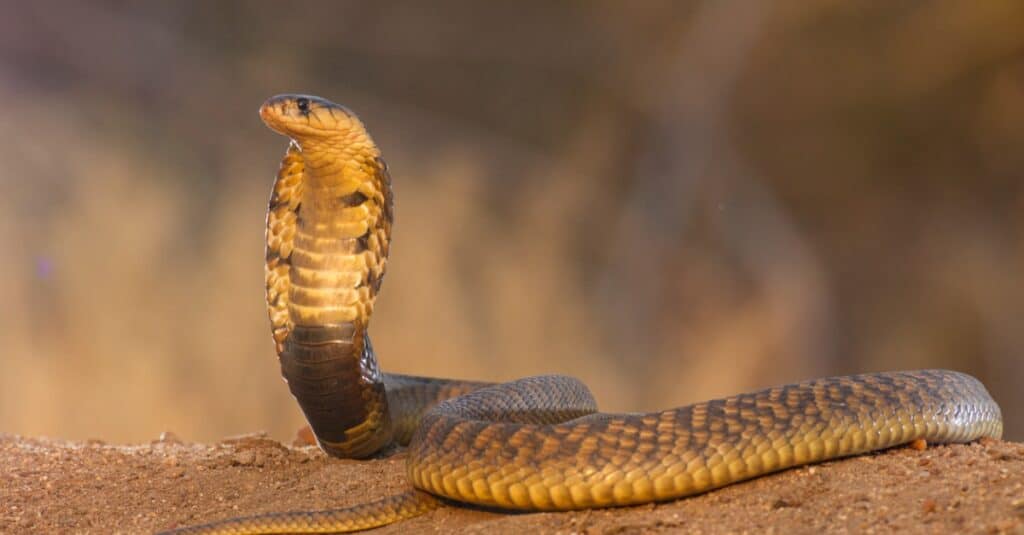
Some interesting fact about each of the cobra species:
Indian Cobra (Naja naja): The Indian cobra is associated with snake charming in some cultural practices. However, it’s important to note that snake charming can be detrimental to the health and well-being of the snakes.
King Cobra (Ophiophagus hannah): The king cobra is not only the largest venomous snake but is also unique among cobras as it primarily feeds on other snakes, including venomous ones.
Egyptian Cobra (Naja haje): The Egyptian cobra has historical significance, as it was symbolically represented as the Uraeus, a symbol of sovereignty in ancient Egyptian iconography.
Mozambique Spitting Cobra (Naja mossambica): As the name suggests, this cobra species has the ability to accurately spit its venom at the eyes of potential threats as a defense mechanism.
Monocled Cobra (Naja kaouthia): The monocled cobra gets its name from the distinctive “monocle” or eye-shaped pattern on the back of its hood.
Forest Cobra (Naja melanoleuca): The forest cobra is an excellent climber and is known to inhabit trees, demonstrating adaptability to both terrestrial and arboreal environments.
Black-necked Spitting Cobra (Naja nigricollis): In addition to spitting venom, this cobra is known for its striking coloration, with a black neck contrasting against the rest of its body.
Cape Cobra (Naja nivea): The Cape cobra is known for its quick and unpredictable strikes. It is also highly venomous, and its bite can be fatal if not treated promptly.
Spectacled Cobra (Naja naja): This cobra gets its name from the “spectacle” or eyeglass-shaped pattern on the back of its hood, which serves as a warning display when threatened.
Snouted Cobra (Naja annulifera): The snouted cobra is characterized by its distinctive snout. When threatened, it can lift the front part of its body off the ground and spread its hood.
One thought on “Types Or Species Of Cobra”
Hey there, I appreciate you posting great content covering that topic with full attention to details and providing updated data. I believe it is my turn to give back, check out my website YW9 for additional resources about Airport Transfer.